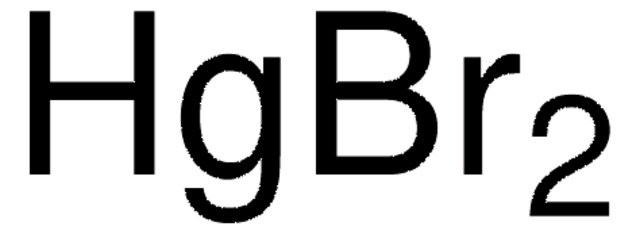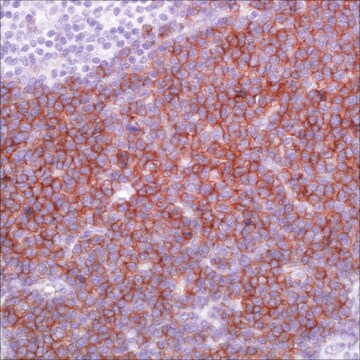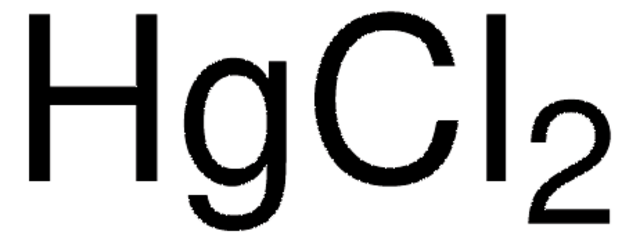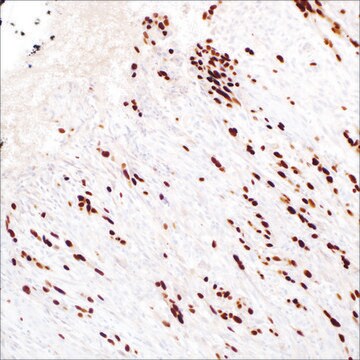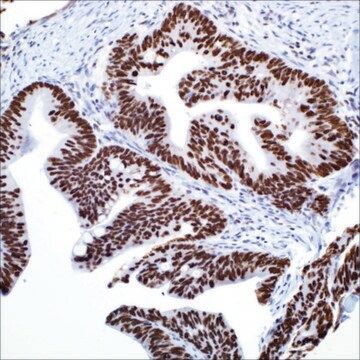200085
Mercury(II) bromide
ACS reagent
Sinonimo/i:
Mercuric bromide
About This Item
Prodotti consigliati
Grado
ACS reagent
Livello qualitativo
Tensione di vapore
1 mmHg ( 136.5 °C)
Forma fisica
powder
Impiego in reazioni chimiche
reagent type: catalyst
core: mercury
Impurezze
≤0.05% insol. CH3OH
Residuo dopo riduzione
≤0.02%
Colore
white to very faintly yellow
P. eboll.
322 °C (lit.)
Punto di fusione
236 °C (lit.)
Anioni in tracce
chloride (Cl-): ≤0.25%
Stringa SMILE
Br[Hg]Br
InChI
1S/2BrH.Hg/h2*1H;/q;;+2/p-2
NGYIMTKLQULBOO-UHFFFAOYSA-L
Cerchi prodotti simili? Visita Guida al confronto tra prodotti
Descrizione generale
Applicazioni
Avvertenze
Danger
Indicazioni di pericolo
Consigli di prudenza
Classi di pericolo
Acute Tox. 1 Dermal - Acute Tox. 1 Inhalation - Acute Tox. 2 Oral - Aquatic Acute 1 - Aquatic Chronic 1 - STOT RE 2
Codice della classe di stoccaggio
6.1A - Combustible acute toxic Cat. 1 and 2 / very toxic hazardous materials
Classe di pericolosità dell'acqua (WGK)
WGK 3
Punto d’infiammabilità (°F)
Not applicable
Punto d’infiammabilità (°C)
Not applicable
Certificati d'analisi (COA)
Cerca il Certificati d'analisi (COA) digitando il numero di lotto/batch corrispondente. I numeri di lotto o di batch sono stampati sull'etichetta dei prodotti dopo la parola ‘Lotto’ o ‘Batch’.
Possiedi già questo prodotto?
I documenti relativi ai prodotti acquistati recentemente sono disponibili nell’Archivio dei documenti.
I clienti hanno visto anche
Il team dei nostri ricercatori vanta grande esperienza in tutte le aree della ricerca quali Life Science, scienza dei materiali, sintesi chimica, cromatografia, discipline analitiche, ecc..
Contatta l'Assistenza Tecnica.